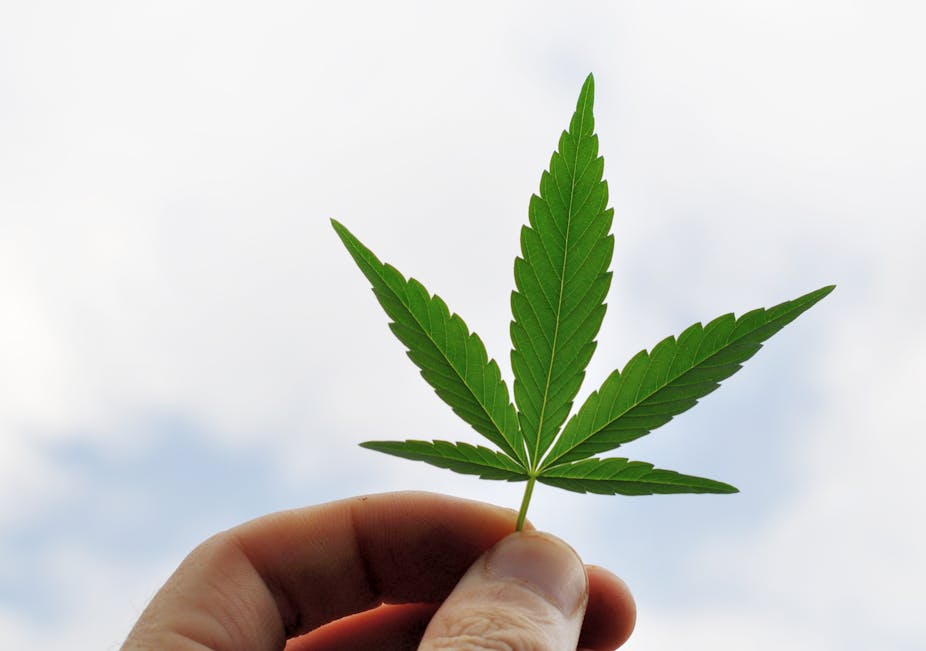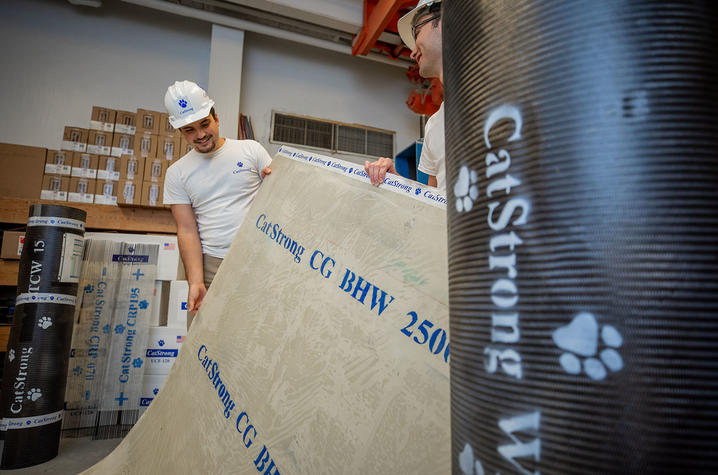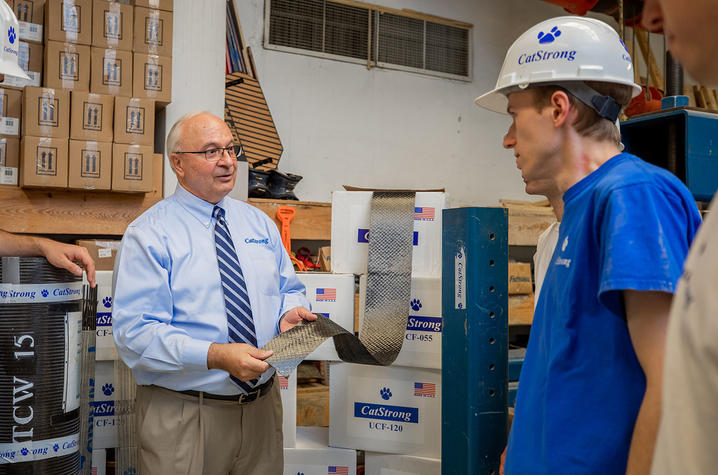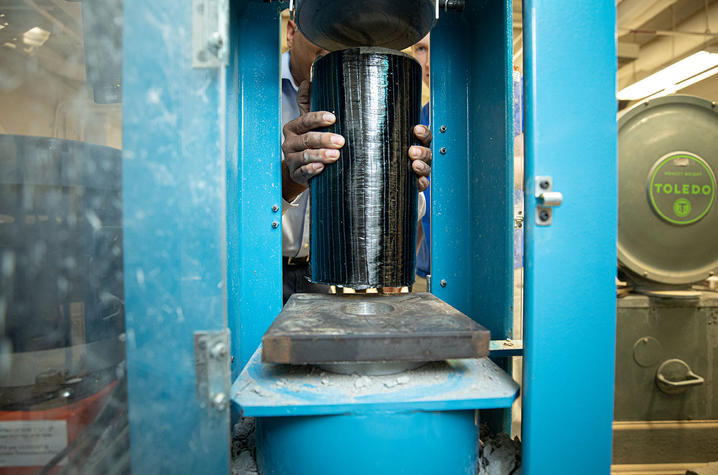Source: vcstar.com
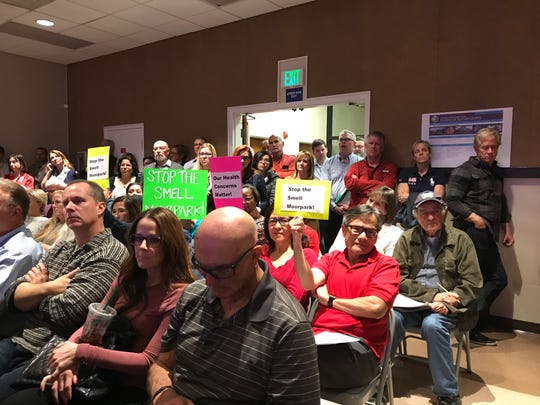
Angry Moorpark residents asked for controls on hemp cultivation at a special meeting of the Ventura County Board of Supervisors on Nov. 19. (Photo: KATHLEEN WILSON/THE STAR)
Ventura County supervisors moved this week toward passing land-use protections to address the skunk-like smell from hemp fields after hearing complaints from a stream of angry homeowners in Moorpark.
"We cannot live with it," said Rose Ayoub, one of roughly 200 people who crowded into the Moorpark Community Center Tuesday evening, some spilling into the lobby and outside the doors.
No action was proposed or could be taken under the state's open meetings law other than to receive a report on hemp production from Agricultural Commissioner Ed Williams. But supervisors could and did give direction to staff on next steps.
They directed legal counsel to investigate whether Williams' office could stop issuing permits for hemp production temporarily without running afoul of state and federal laws.
Supervisors also asked staff to return with recommendations on how the conflicts between neighborhoods and hemp production can be lessened, including setting up buffers of land where the crop cannot be planted. Supervisors were interested in developing protections for schools, nursing homes and day-care centers as well as residential areas.
"I think we should jump on it," said Supervisor Bob Huber, who represents Simi Valley and Moorpark.
The report on the issuance of permits is expected to come back to the board in December and the report on mitigations by the next planting season in April.
It appears that the board has considerable discretion. Supervisors can regulate hemp cultivation up to and including banning it, Chief Assistant County Counsel Michael Walker told the crowd.
About 50 people spoke to the Board of Supervisors, most complaining about the skunk-like odor and health issues, including headaches and allergic reactions they tied to hemp.
Some residents also expressed fears that their property values would fall and objected that they did not receive advance warning that the newly legalized crop would be planted next to their homes.
"We are not guinea pigs," Ayoub said. "It is a nuisance."
A minority of the speakers were hemp farmers who defended cultivation of the crop as a way to keep agriculture viable in the high-cost county.
"Being a farmer is very difficult," said Chris Massa, who farms 4 acres of hemp in Oxnard.
"I apologize, and I hope we can work together," he said.
Although industrial hemp belongs to the same plant species as marijuana, it must by definition have negligible intoxicant properties.
The plants look the same, but industrial hemp cannot have any appreciable level of THC, the primary intoxicant in marijuana and hashish. The THC level must be tested at less than three-tenths of a percent for the crop to be harvested. Otherwise, it must be destroyed, Williams said.
Of 96 hemp sites in the county that have been sampled and tested so far, all but two passed, he said.
Numerous thefts have been reported from hemp fields, causing problems for growers trying to secure the crops and police investigating the crimes.
Williams said at least a third of the people stealing hemp don't know the difference between the crop and marijuana.
Individuals with serious criminal records from outside the county are implicated in the thefts, said Moorpark Police Chief Victor Fazio. He said that answering hemp-related calls is taking away from time officers can spend patrolling the streets.
City officials from Ojai and Camarillo urged the board to stop issuing permits for cultivation pending additional study.
Moorpark Mayor Janice Parvin said she had heard from more than 50 residents, many reporting health problems such as sore throats, headaches and asthma.
But she hoped common ground could be found as the board weighs the interests of residents and growers.
"There has to be a balance," she said.

